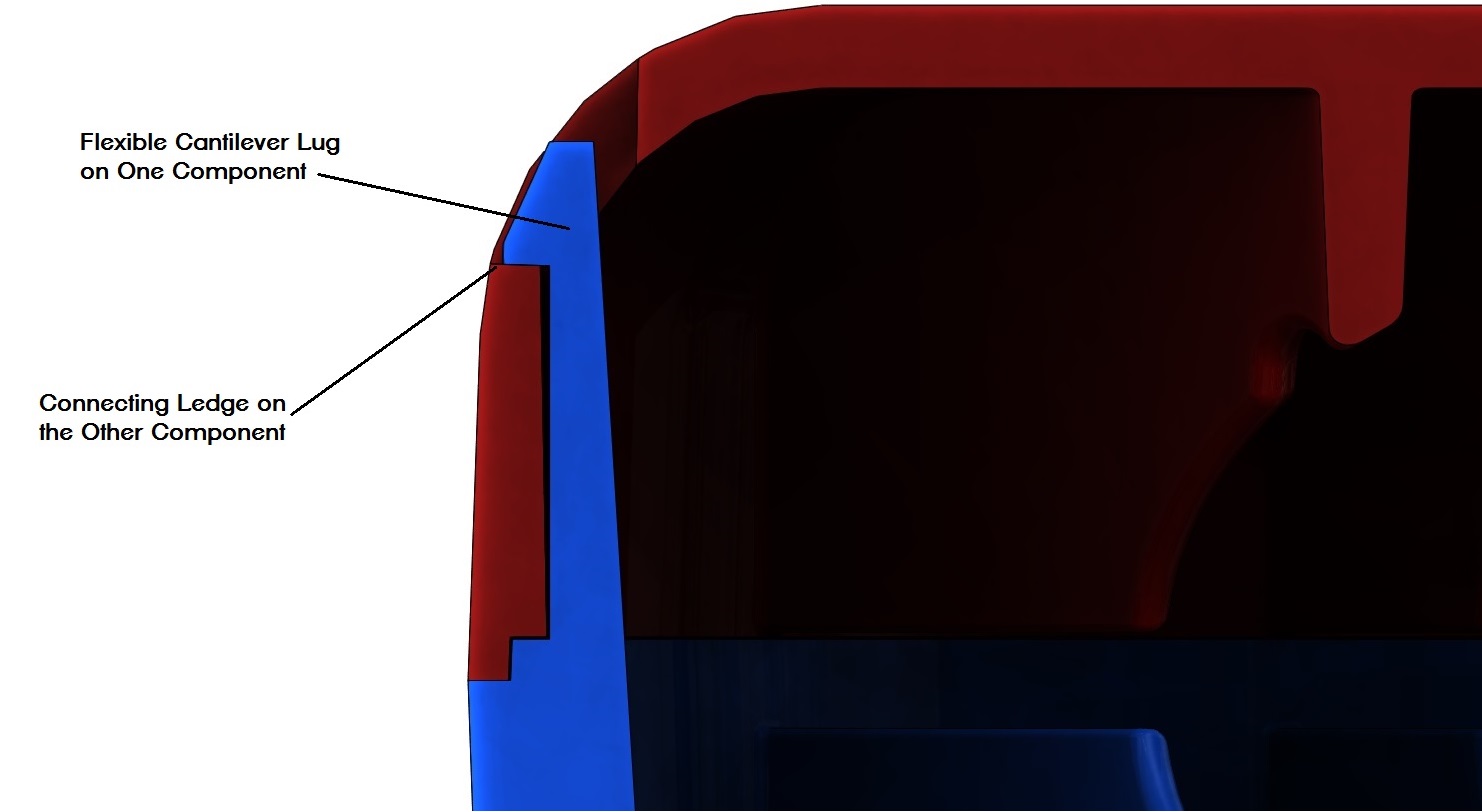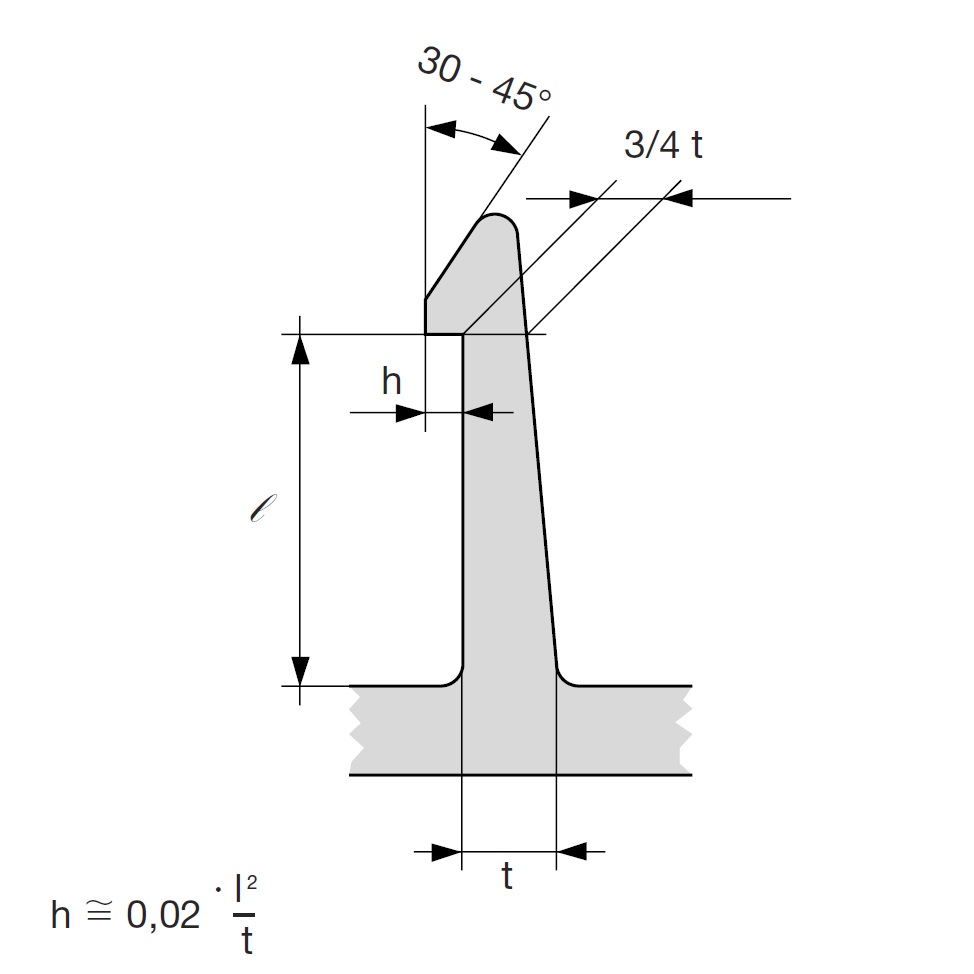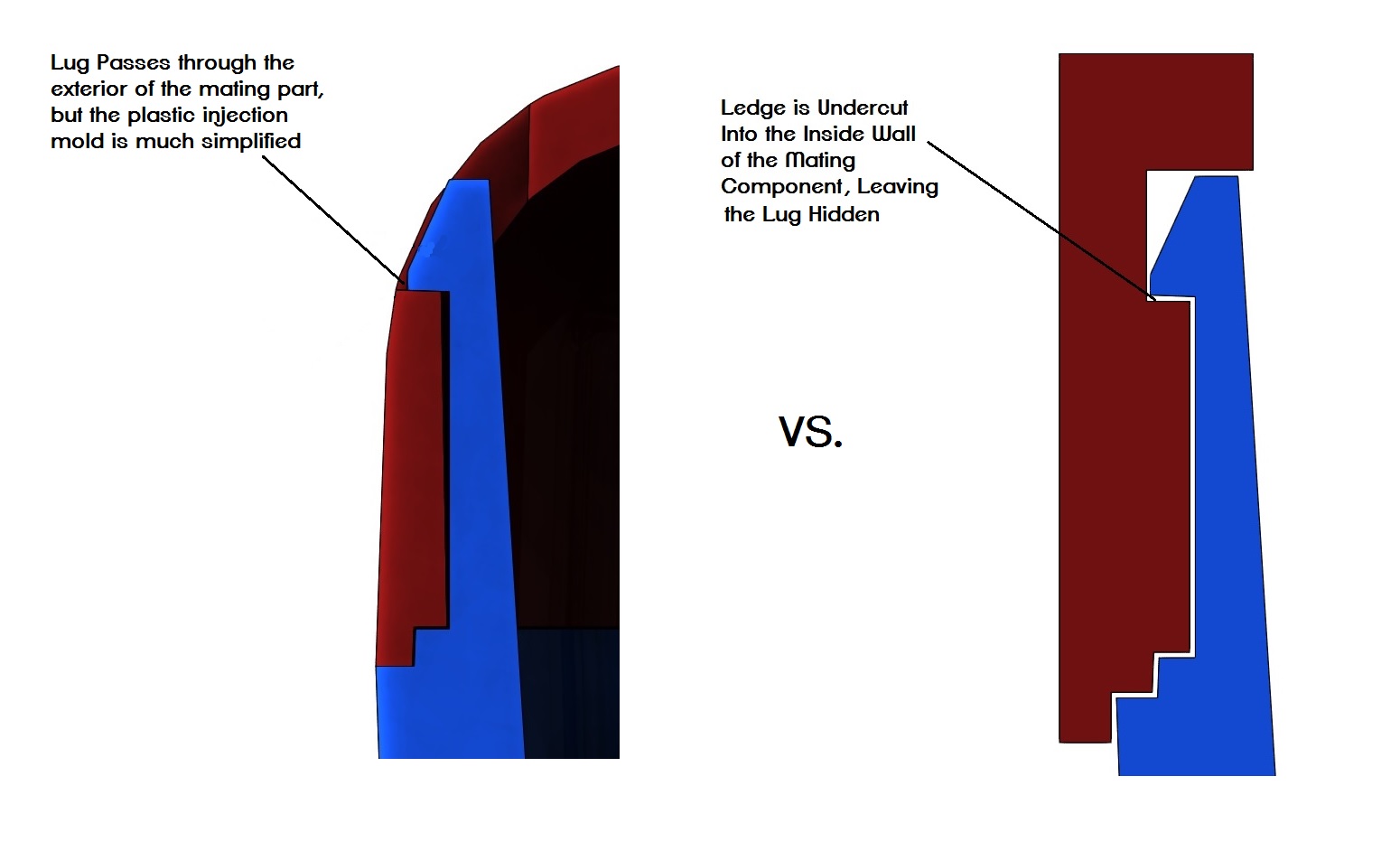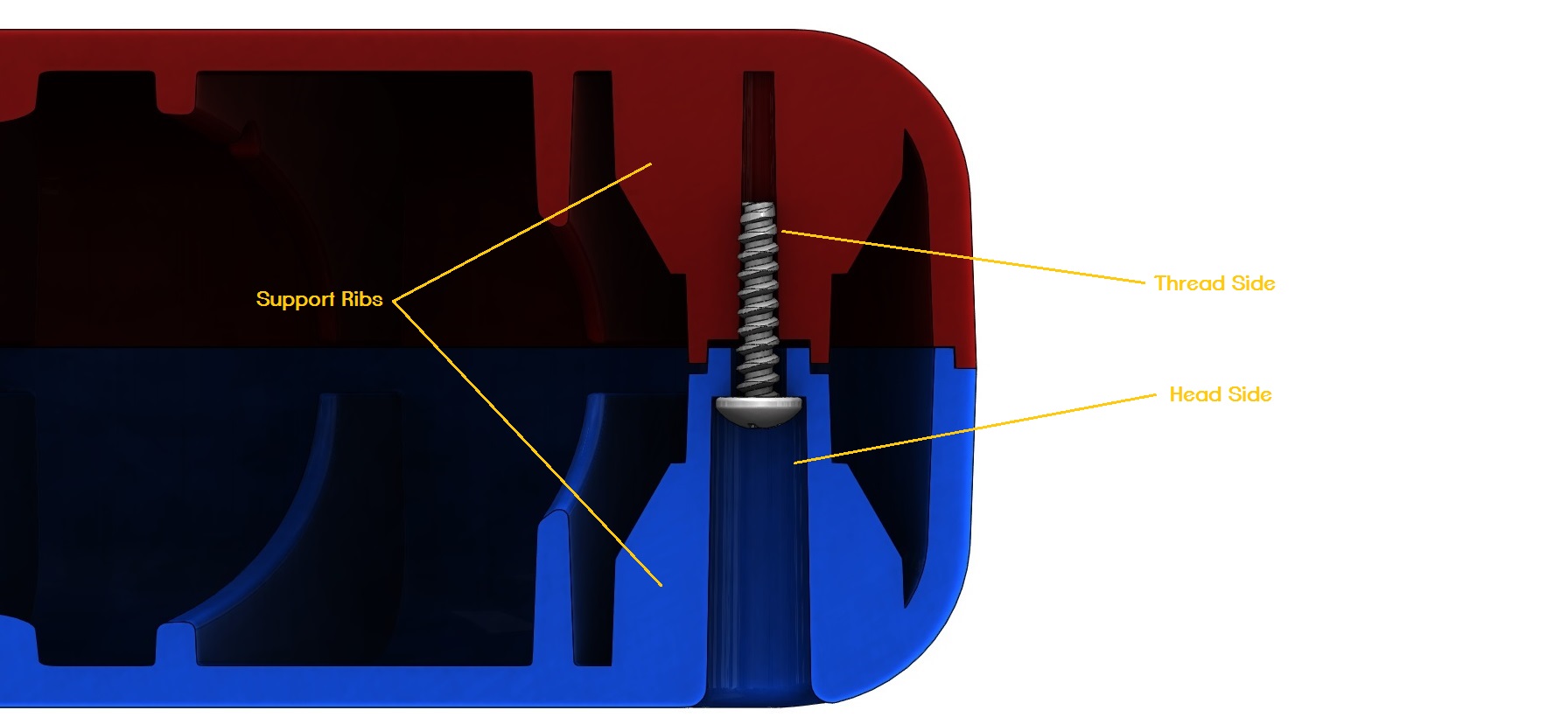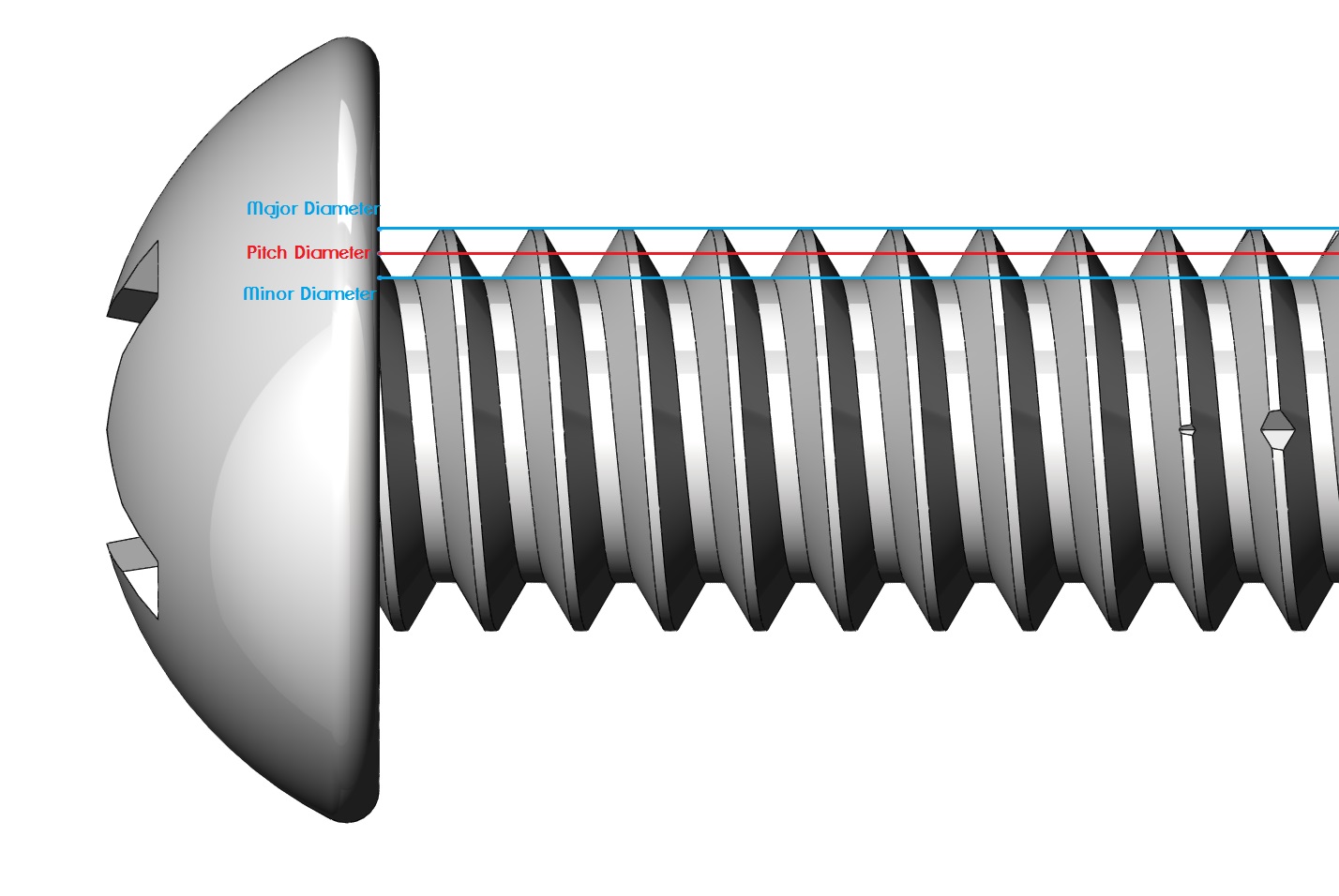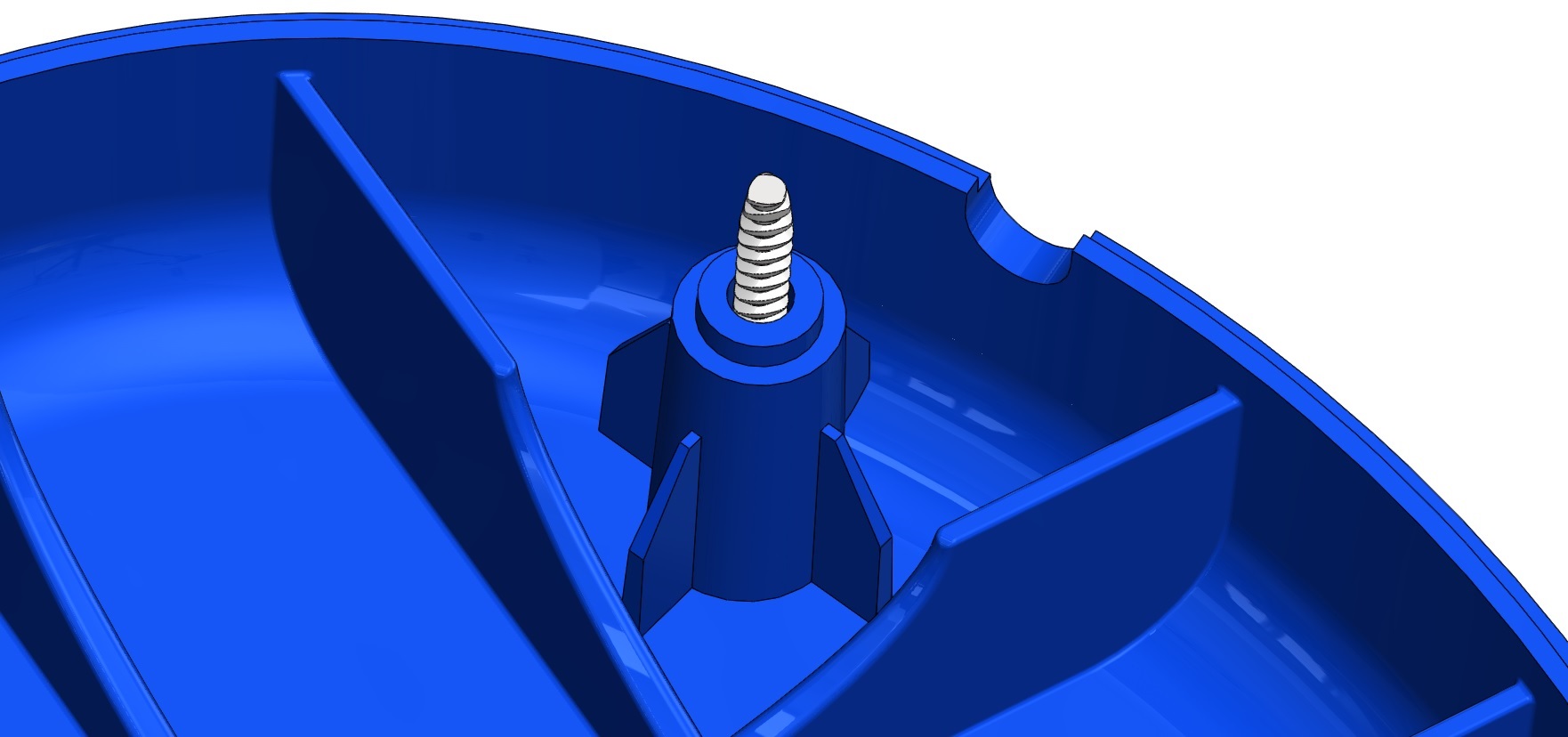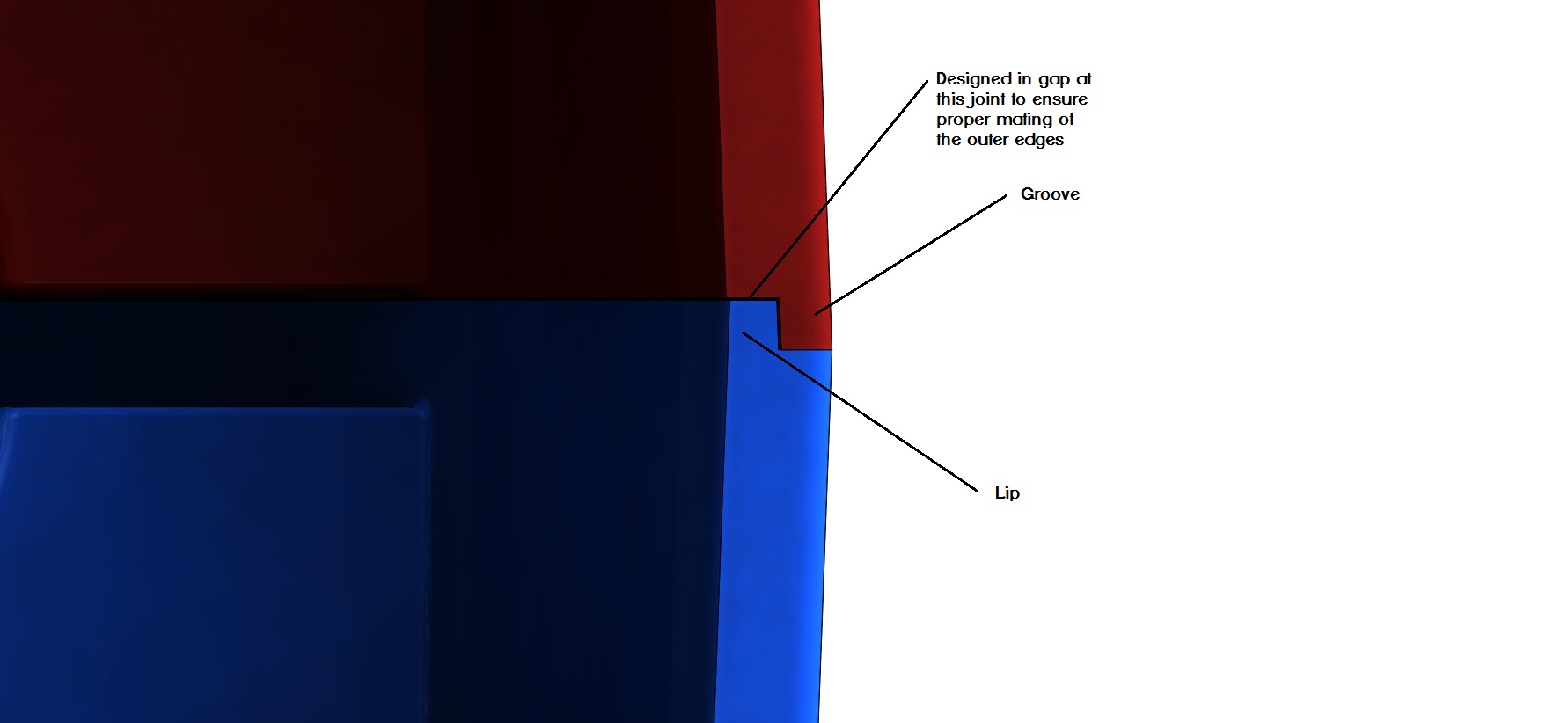Lot of business owners are scrambling to
reinvent their businesses. Many have already found innovative ways to roll with
the punches — from rethinking supply chains, redeploying staff, offering
crucial advice, and even recreating your favorite bar online.
1. Education/Work
Consumers
have tested the efficacy of learaning online during the lockdown and this
should continue even post lockdown. Online education should see a huge boost.
This holds true both for curricular courses like UPSC, IIT-JEE, CAT, CBSE XII,
etc preparation but also for extra-curricular courses like Guitar, Painting,
etc.
Unfortunately,
a side effect of the economic shutdown would be layoffs. Many skills that made
people employable might not be as valuable. For example — there is a case to be
made that we perhaps would not need as many retail salesmen or waiters for a
long time. People would need to reskill and upskill themselves to find new jobs
and a shift in job pattern would happen. Maybe the demand for healthcare
workers would increase, and so people need to be skilled for those roles. These
might lead to more usage of upskilling platforms for grey/blue-collar jobs.
Lots
of schools have come online because you cannot conduct offline classes. Large
tech companies have high-quality products for schools. So I am not sure if
there is a greenfield opportunity here, but maybe I am wrong. A lot of teachers
are using technology to this extent for the first time. Once schools restart,
will a lot of class interactions and communication remain online? How do you
create online classes that match the offline class experience?
We
are already seeing a surge in remote work tools, and Zoom saw a massive
increase in adoption in businesses across the world. Needless to say, once
people start working from home more, the difference between a remote worker and
at-office worker would not be very high. For industries where it’s doable, we
should shift to remote work. What new hiring, onboarding, payroll and
management tools can be created for remote workers?
A
lot of work conferences will move online. After having attended so many conferences
over the past year, I think online conferences can be a 10x improvement from
offline conferences.
2. Retail
The
most impacted offline sectors in the market are Supermarkets, Restaurants and
Traditional Retail. For each of these spaces, we could see new opportunities
because, for the first time in many years, we will have assets that are
unutilised and partners willing to work with tech companies. Many small and
large enterprises have been deeply impacted, and new companies could be created
to serve these companies or customers of these companies better.
Grocery delivery has seen a big peak in demand during lockdown
already, and it should continue because many people would prefer not to go out
to supermarkets to buy because of fear and in search of convenience. Kirana
stores will be digitised further.
For restaurants, we should see innovative cloud kitchen models, or enabling
restaurants to be more scalable by working with virtual kitchens. Restaurants
are badly hurt and would continue to be bleeding for some time. We are already
seeing their eagerness to come to all delivery platforms to ensure they have as
much visibility as possible but this would not be enough.
3. Health
The
most impacted offline sectors in the market are Supermarkets, Restaurants and
Traditional Retail. For each of these spaces, we could see new opportunities
because, for the first time in many years, we will have assets that are
unutilised and partners willing to work with tech companies. Many small and
large enterprises have been deeply impacted, and new companies could be created
to serve these companies or customers of these companies better.
Grocery
delivery has seen a big peak in demand during lockdown already, and it should
continue because many people would prefer not to go out to supermarkets to buy
because of fear and in search of convenience. Kirana stores will be digitised
further.
For
restaurants, we should see innovative cloud kitchen models, or enabling
restaurants to be more scalable by working with virtual kitchens. Restaurants
are badly hurt and would continue to be bleeding for some time. We are already
seeing their eagerness to come to all delivery platforms to ensure they have as
much visibility as possible but this would not be enough.
Like
movie theatres, gyms will be shut for a long time too. There has been a surge
in online fitness classes and meditation & therapy apps. Again, how do you
make these experiences more social and engaging?
In
fact, counter-intuitively, even clinics and hospital revenue and utilisation
have reduced significantly because elective healthcare has been postponed and
people are afraid going to a clinic/hospital where there could be a high chance
of viral infection. People would prefer online doctor consultation over going
to the clinic/hospital. Accordingly, we should see a boost in teleconsultation
and telemedicine.
One
effect of any stressful experience is that insurance penetration increases
because people start visualising the 5-sigma events more clearly then. In the
mid and long term, I would expect health insurance products to gain more
traction.
4. Entertainment
/ Social
We
should see tailwinds and opportunities in Online Entertainment (OTTs).
Consumers would not be going to cinema halls and concerts for some time. They
have more time to watch videos, movies and TV shows at home. I am told the
engagement time of a lot of OTTs are up 20–50% in India during the lockdown.
Will
movies start getting launched on aggregators like Netflix and Hotstar? But
movie producers do not get to keep the upside of the product then. Would we see
movies being published on platforms like YouTube? Will new platforms and
licensing models emerge? How would shared movie watching experience be
replicated online? Would something like Netflix Party be an important feature
of the platform, or be the hook to create a platform independently. Worth
building on top of the theme.
Online
gaming is getting a big boost as well. As kids can no longer play outside, a
lot of the physical playtime is shifting to virtual playtime. Usage on some
gaming apps has surged 40% during the lockdown. I am more bullish on
“participatory” or “social” games because they are always new and fresh
compared to static games. This might be the demonetization moment for the
Gaming industry in India.









